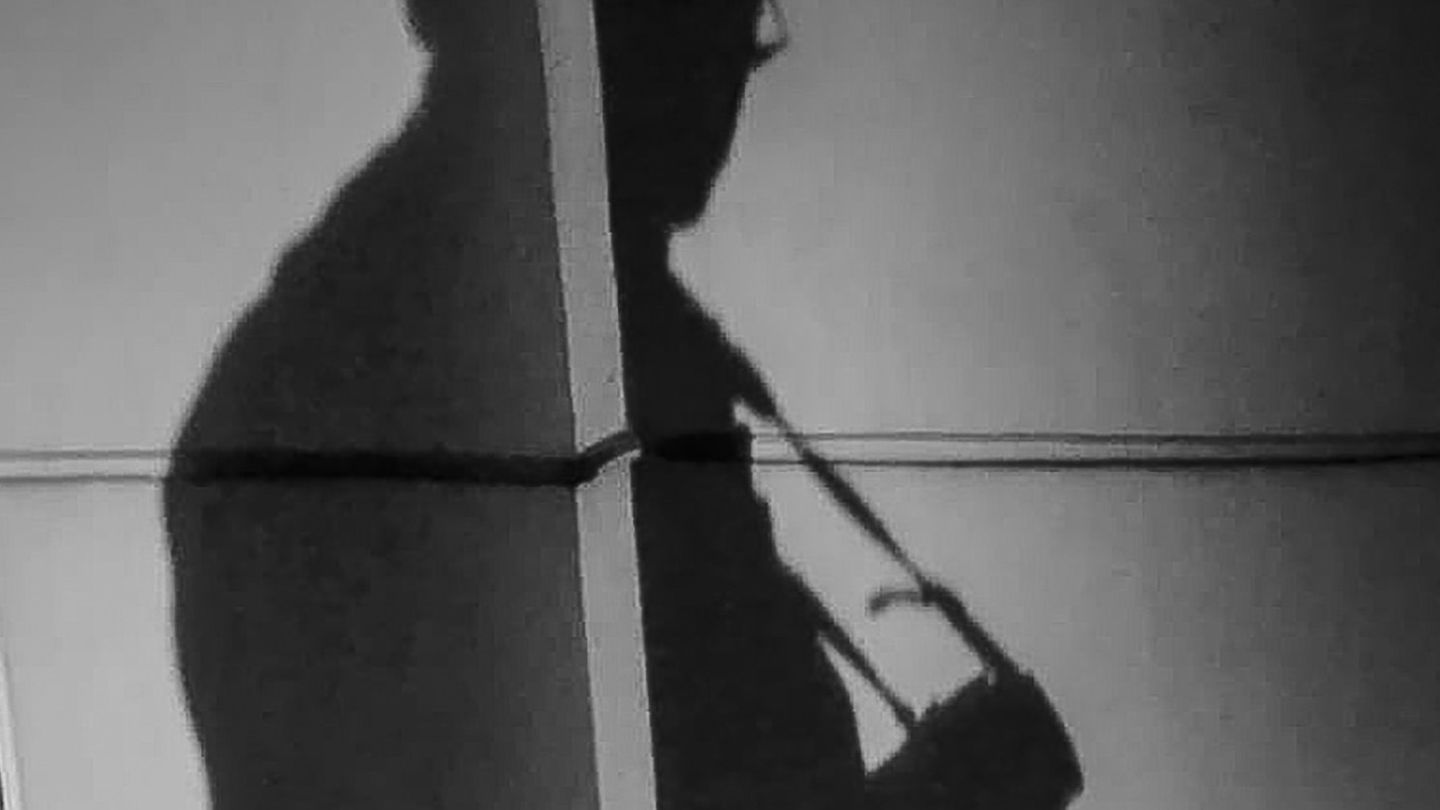
Read the article in "art a part of cult(ure)":
https://www.artapartofculture.net/2023/11/22/giorgio-benni-larte-di-fotografare-larte/
The Gallery of Art, Temple University Rome, was pleased to present the exhibition Giorgio Benni: Photographing Contemporary Art. A work method which took place from Oct. 24 - Nov. 22, 2023.
A very well-known person in Rome’s contemporary art scene, for over 30 years Giorgio Benni has photographed every work of art in every exhibition, from artist studios, museums and private collections. With this exhibition, from an idea of Temple University Rome faculty member Katherine Krizek, we honor an art photographer and an important figure for us in the trade, for the public who view the artwork through publications, and all the artists who enriched their archive with marvelous photographs of their works.
As the Maestro states, “Photographing an exhibition means the use of one medium to describe another. It’s a bit like a dance. And it’s not easy, but this is the challenge that I accepted 35 years ago.”
In explaining the motivation for this exhibition, Giorgio says, “that in the limited context of this exhibition I will try to underline the main points of my way of documenting contemporary art. This profession of art photographer has led me to many different worlds. I like to think that one day, perhaps in 100 years, students and professors will use also my images and I hope that they will recognize them as authentic and not retouched as is the current fashion.
It is difficult to work in a simple and easy way; to photograph what is necessary and important without transforming the image. This should be the job of the art photographer, although I prefer the definition “photographers for art.” Our photography exists because art exists. Where there is art is where we are needed. This is true where images fly by like thoughts. To photograph art is to spread culture. And why shouldn’t we give a hand to better the world.
The exhibition is divided into three sections. The first refers to the lighting of three-dimensional works. I always use simple, soft and non-invasive lights.
The second section presents the documentation of performances where I usually photograph from the same point of view as the public.
The third section features photographs of interiors. I love to walk through an exhibition as a spectator and look for the relationships between the works, and the architectural elements that contextualize the images and insert them into their natural context for art: that is to say, everyday life.”
